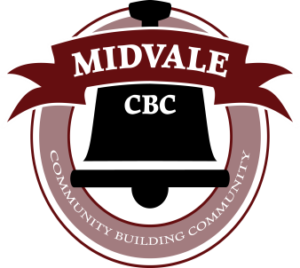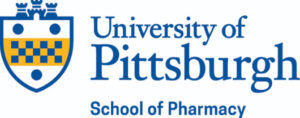
The West Virginia University (WVU) Medicine Heart Failure clinic in Morgantown, West Virginia expanded a pharmacist-led telemedicine heart failure medication optimization program internally and in select primary care clinics in the West Virginia Practice-Based Research Network (WVPBRN).



